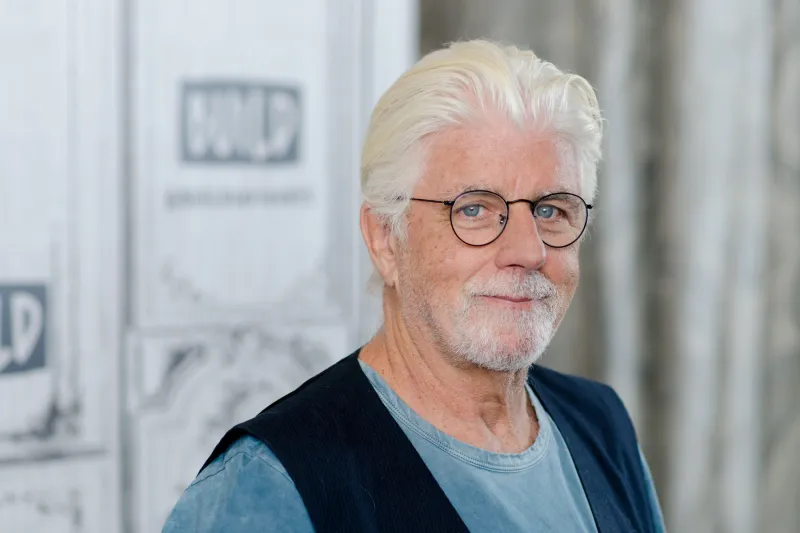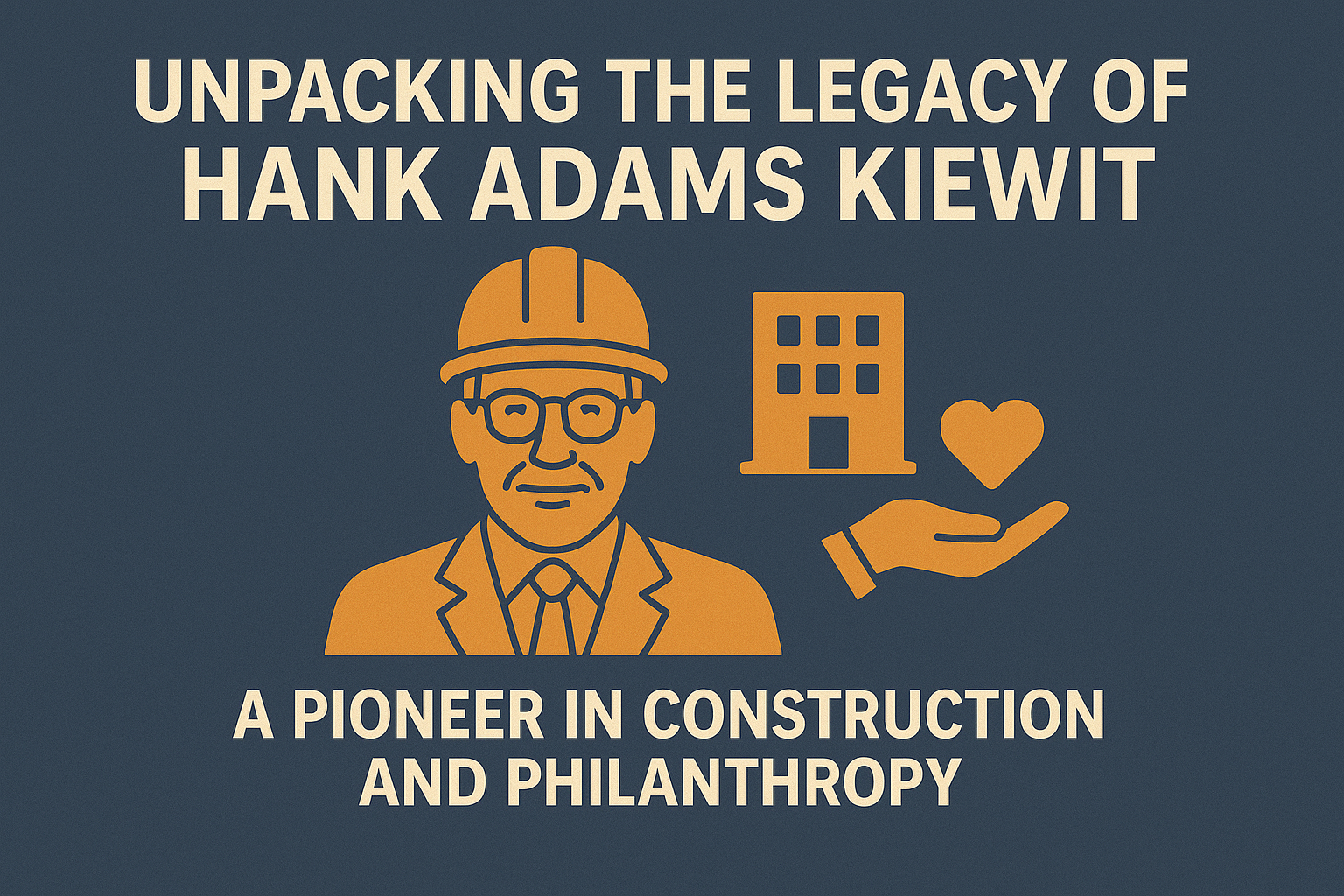Understanding Simplicity: A Deep Dive into Its Meaning and Implications

In a world increasingly defined by complexity—technological, social, economic—simplicity is often viewed as a relief, a goal, or even a virtue. From minimalist design and efficient communication to spiritual clarity and scientific elegance, the concept of simplicity appears across every domain of human thought and behavior. But what exactly does simplicity mean, and why does it matter so much?
Simplicity is more than just the absence of clutter. It is a fundamental principle that shapes how we understand, create, and interact with the world around us. It can guide decisions, clarify thinking, and improve outcomes. In this article, we explore the multi-dimensional nature of simplicity, its psychological and philosophical roots, and how it influences areas such as design, science, communication, and lifestyle.
The Core Meaning of Simplicity
At its most basic level, simplicity refers to something that is easy to understand, use, or deal with. It often involves reducing complexity, minimizing unnecessary elements, or boiling something down to its essential parts. However, simplicity is not the same as being simplistic. The former preserves core meaning and function while removing excess, whereas the latter may overlook important nuance in the name of convenience.
Linguistically and philosophically, the term comes from the Latin simplicitas, meaning “plainness” or “singleness.” This sense of unity or singular focus is key. Something simple has internal consistency and clarity—it doesn’t confuse or overwhelm. Importantly, true simplicity often arises after understanding complexity, not before it. It’s the product of effortful refinement, not ignorance.
Simplicity in Philosophy and Human Thought
Philosophers have long explored simplicity, particularly in logic and metaphysics. One of the best-known principles is Occam’s Razor, attributed to the 14th-century philosopher William of Ockham. It holds that when faced with competing explanations for the same phenomenon, the one with the fewest assumptions should be preferred. This doesn’t mean the simpler idea is always correct, but that simplicity is a guide toward truth and efficiency.
In Eastern philosophy, simplicity is also revered. Taoism, for example, encourages living in harmony with the natural order, often through non-resistance, detachment from material clutter, and appreciation of the simple and unadorned. The Tao Te Ching advocates humility, emptiness, and spontaneity—all values that arise from letting go of complexity and embracing a more essential way of being.
Psychological Appeal of Simplicity
Humans are naturally drawn to simplicity. This preference is deeply rooted in how our brains function. Cognitive psychology suggests that the mind seeks to reduce cognitive load—the mental effort required to process information. Simpler information is easier to understand, remember, and act upon. Here’s why simplicity appeals to us psychologically:
- Cognitive ease: The brain processes simpler ideas faster and with less effort.
- Decision-making clarity: Fewer options and cleaner layouts reduce decision fatigue.
- Emotional comfort: Simple environments can reduce stress and anxiety.
- Enhanced memory: Simpler messages and designs are easier to recall.
Simplicity allows us to process the world more efficiently, freeing up energy for creativity, empathy, or problem-solving.
Simplicity in Design
Perhaps no field embodies simplicity more than design. Whether it’s graphic, industrial, UX, or architectural design, the mantra “less is more” remains central. Great design doesn’t just look clean—it feels intuitive. Every element serves a purpose; nothing is wasted.
Take Apple products as an example. The company’s legendary focus on minimalist hardware and user interfaces isn’t just aesthetic—it’s functional. Users encounter fewer distractions and learn features faster. Similarly, Google’s famously sparse homepage emphasizes usability over ornamentation. The success of these designs shows that simplicity can lead to mass appeal and deep engagement.
In design, simplicity is not about reducing features, but about making complexity accessible. The goal is to hide intricacies behind intuitive interactions, so the end user experiences power without being overwhelmed.
Simplicity in Science and Mathematics
In science, simplicity often points the way to deeper truths. Many of the most powerful scientific theories are celebrated for their elegance—their ability to explain a wide range of phenomena using a few fundamental principles. Some examples include:
- Newton’s Laws: A few equations that describe motion across the universe.
- Einstein’s Relativity: A concise model explaining gravity, time, and space.
- Darwin’s Evolution Theory: One core idea explaining biological diversity.
Mathematics, too, seeks beauty through simplicity. Mathematicians speak of “elegant proofs”—solutions that are not only correct but unexpectedly clean and brief. These moments of simplicity often reveal underlying patterns or connections that more complex approaches miss.
Yet in both fields, simplicity does not mean superficiality. Achieving true simplicity often requires intense understanding and hard-earned insight. The path to elegant solutions is typically paved with the work of simplifying, testing, refining, and sometimes discarding ideas that were once thought essential.
Simplicity in Communication
In communication, simplicity is essential for clarity. Whether in writing, speaking, or teaching, the most effective communicators are those who can express complex ideas in plain, accessible language. This doesn’t mean dumbing things down; it means distilling messages to their core.
Journalists are trained to write with brevity. Teachers strive to explain subjects in ways students can understand. Even in diplomacy or law, clarity of language is vital to prevent misinterpretation. Simplicity in communication avoids jargon, avoids ambiguity, and increases trust between the speaker and the audience.
Famous writers like Ernest Hemingway built entire careers on the power of plain style. His prose, stripped of unnecessary ornamentation, is both readable and profound. In our age of information overload, simplicity in messaging can be a competitive advantage—cutting through noise to deliver impact.
Simplicity as a Lifestyle
Simplicity has also become a guiding principle for personal living. Movements like minimalism, voluntary simplicity, and slow living have gained popularity as people seek relief from the demands of consumerism, technology, and modern stress. Choosing simplicity in lifestyle means reducing possessions, obligations, and distractions in favor of what truly matters—family, health, purpose, and creativity.
Minimalism isn’t just about having fewer things; it’s about living more intentionally. When people embrace simplicity, they often report greater mental clarity, financial freedom, and deeper relationships. Practices like digital detoxes, capsule wardrobes, or decluttering routines are not just trends—they reflect a deeper cultural shift toward intentionality and balance.
Simplicity in lifestyle does not require living like a monk. Rather, it’s about aligning your life with your values and eliminating what no longer serves them. It’s about making space—literally and figuratively—for growth, peace, and focus.
The Paradox of Simplicity
Interestingly, one of the great truths about simplicity is that achieving it is hard. Whether you’re designing a product, writing a speech, or organizing your home, simplifying usually involves deep effort and decision-making. You must understand what to remove, what to keep, and how everything fits together. In many cases, the end result appears effortless precisely because of the invisible work behind it.
This paradox—that simplicity takes effort—explains why it is so valuable. A clear sentence may take hours to write. A smooth user experience may take years to design. A minimalist life may require months of reflection. But once that effort is invested, the rewards in usability, beauty, and peace of mind are enormous.
Why Simplicity Matters Today
In an era marked by constant distraction, complexity, and abundance, simplicity offers a powerful counterbalance. It helps people make better decisions, enjoy better health, and engage more meaningfully with others. Businesses thrive when they make things easy for customers. Leaders gain trust when they speak plainly. Individuals find fulfillment when they cut away noise and live with intention.
Whether you’re building a product, choosing a path in life, or simply writing an email, asking “How can I make this simpler?” is one of the most valuable questions you can pose. Simplicity is not about lacking depth—it’s about uncovering it.
Conclusion
Simplicity is both a principle and a practice. It shapes how we think, how we create, and how we live. Far from being simplistic, it demands discipline, clarity, and purpose. When we pursue simplicity—whether in design, science, communication, or daily living—we move closer to what truly matters.
To understand simplicity is to understand what is essential. And in a noisy, crowded world, the essential is often what we need most.









